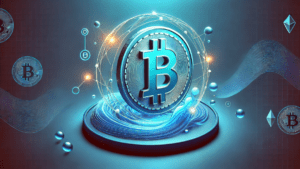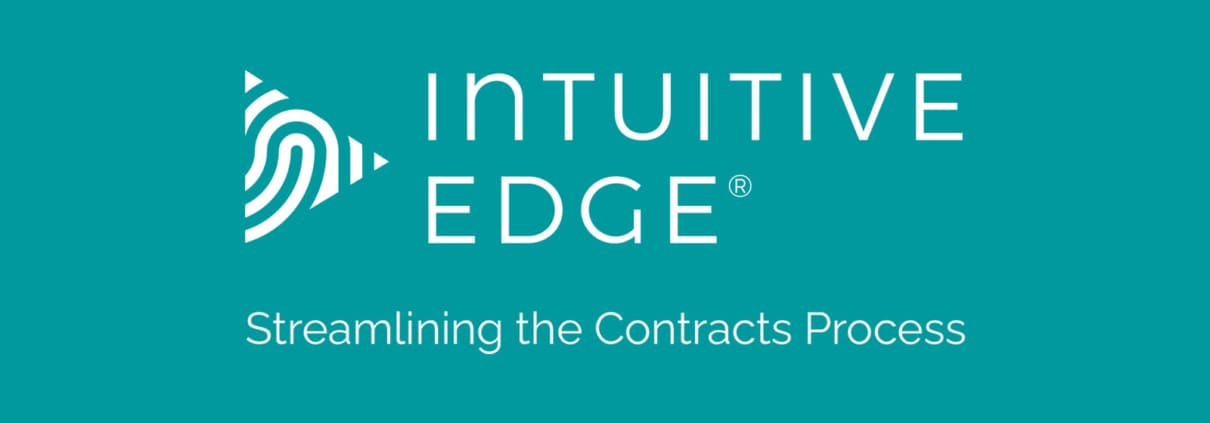The Future Is Tokenized: What It Means When Every Asset Becomes Digital

In 2023, BlackRock CEO Larry Fink made a bold prediction:
“The next generation for markets… will be the tokenization of securities.”
What does that mean? And why would the head of the world’s largest asset manager say it so publicly?
At a high level, tokenization is about transforming how the world stores, trades, and trusts ownership. It could unlock efficiency, transparency, and access in ways that simply aren’t possible today.
Let’s break it down.
What Is Tokenization?
Tokenization is the process of turning real-world assets into digital tokens on a blockchain.
These tokens represent ownership of:
- Stocks
- Bonds
- Real estate
- Art
- Intellectual property
- Even carbon credits or wine
Each token can be:
- Fractionalized (own a portion of something, like 0.01 of a building)
- Transferred instantly, peer-to-peer
- Recorded permanently on a transparent ledger
- Enforced via smart contracts (code that automates rules and actions)
Why Tokenize Everything?
Because the current system is:
- Slow (stock trades take days to settle)
- Opaque (who owns what is hard to verify)
- Exclusive (many assets are inaccessible to everyday people)
- Ripe for manipulation (middlemen and paperwork leave room for corruption)
Tokenization could:
- Eliminate hidden fees and intermediaries
- Allow 24/7 trading of any asset, globally
- Create clear, traceable ownership history
- Automate compliance and legal enforcement via code
- Make investing more inclusive (fractional ownership of any asset)
What Larry Fink Means by “End of Corruption”
Larry Fink’s statement about tokenization ending corruption comes down to transparency.
In a tokenized market:
- Every transaction is recorded and verifiable
- Insider deals, double selling, or phantom shares become impossible
- Audit trails are automatic, not buried in PDFs and spreadsheets
- Rules can be coded directly into how tokens behave
This kind of trust-by-design removes the need to trust institutions at all—it replaces gatekeeping with automated accountability.
Examples of Tokenization in Action
- Stocks: Digitally issued shares on blockchain (like tZERO, Franklin Templeton funds)
- Real Estate: Tokenized ownership of buildings, allowing fractional investing
- Art: NFT-based provenance for fine art and collectibles
- Treasuries: On-chain versions of U.S. Treasury bonds (being tested by banks and fintechs)
- Commodities: Gold, oil, and even cattle tokenized for direct ownership and trading
- Private Equity: LP shares in funds tokenized for liquidity and trading access
What Does This Mean for Businesses and Investors?
It means a future where:
- Raising capital is faster, cheaper, and global
- Equity, debt, and royalties can be managed by code
- Smart contracts can handle distribution of dividends, interest, or revenue
- Asset managers, suppliers, and CFOs can track ownership in real time
- Trust shifts from institutions to infrastructure
- And perhaps most important: anyone with a phone can access markets traditionally limited to the elite.
What’s Holding Tokenization Back?
Regulatory clarity — Governments are still catching up with how to classify and regulate tokenized securities
Infrastructure maturity — Tools, wallets, identity, and on/off-ramps still need to evolve
Institutional buy-in — BlackRock’s voice helps, but full transformation requires system-wide participation
Public understanding — Education is critical for trust and adoption
Final Thoughts: The Road Ahead
Larry Fink sees tokenization not as a niche crypto experiment—but as the next evolution of global finance.
We’re not just digitizing money. We’re digitizing ownership itself. And once value can move like information does today, the entire system becomes faster, more honest, and more open.
Tokenization isn’t about replacing banks or governments—it’s about replacing inefficiency with transparency.
And in that shift, there’s not just innovation.
There’s opportunity for everyone.







Leave a Reply
Want to join the discussion?Feel free to contribute!